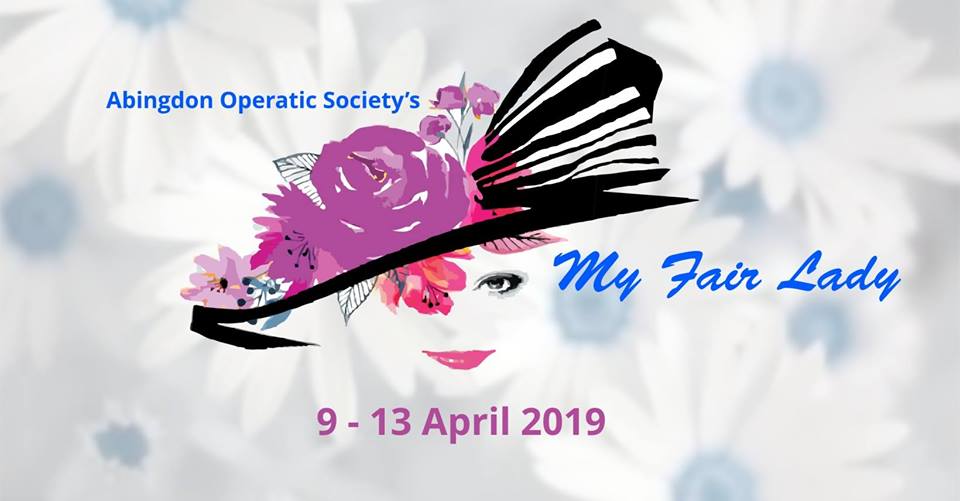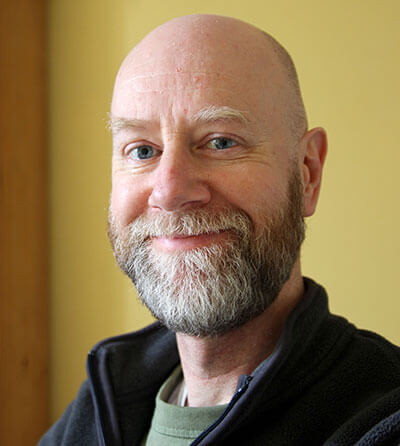|
MY FAIR LADY by Alan J Lerner and Frederick Loewe (based on the play by George Bernard Shaw)
Abingdon Operatic Society Amey Theatre, Abingdon School, Park Road, Abingdon, OX14 1DE 9-13 April 2019 Abingdon Operatic Society should have reason to feel pleased with their latest production, My Fair Lady, based on Tuesday's opening night performance in a mainly full Amey Theatre. Most people will be familiar with George Bernard Shaw's story from his 1913 stage play Pygmalion. Henry Higgins, a professor of phonetics, has a bet with his friend Colonel Pickering that, in six months, he can coach Cockney flower girl Eliza Doolittle and pass her off as a duchess. He succeeds, but then casts aside his creation, as one might a laboratory rat that has fulfilled its usefulness. Despite all the fun, humour and great musical numbers, we are left with an unattractive Higgins. Not so much a man who cynically exploits others, so much as one who is completely dead to the possibility of finer feelings or self-respect among his social inferiors. Although Shaw's play was a success and is still performed today, his modern day re-working of the ancient Greek myth about the sculptor Pygmalion, who falls in love with his own creation, is probably better known to most through Lerner and Loewe's musical. There was much to enjoy in AOS's production, directed by Joy Skeels. Not least were the leading man and leading lady, Duncan Blagrove as Henry Higgins and Kate Brock as Eliza Doolittle. Both have wonderful singing voices and Blagrove's clipped accent gave more than a nod towards Rex Harrison's famous screen performance as Higgins. Here we had an attractively feisty Eliza, but with the requisite pathos in the final scenes of the production, against an irascible, self-obsessed Higgins who really wasn't interested in anyone but himself. Both Brock and Blagrove handled the humour well without laying it on with a trowel. Rob Bertwistle's lovable old buffer of a Colonel Pickering was happy to give the limelight to Higgins but was always present in the action. He judged about right the cautious, sotto voce tone of Pickering's friendship. A man willing to bolster Higgins' ego but sound a dissenting note if necessary. Special mention must be made of Alfred Doolittle (Michael Winiarski), who was one of the highlights of the show for me. As an American, Winiarski was conscious, he told us in the programme, that he should avoid the Dick Van Dyke trap when it came to Cockney accents. He did fine in that regard. More memorably, he came close to stealing the show with his performance of Get Me to the Church on Time. In fairness, choreographer Jess Townsend deserves her share of the credit for this, and other, numbers in the show. Nevertheless, Winiarski brought an infectious energy to this number and indeed to his role throughout the show. Plaudits also to Paul Bruce as Eliza's besotted suitor Freddy Eynsford-Hill and his heartfelt rendition and reprise of On the Street Where You Live. There was a nicely judged performance from Lynne Winter as Henry Higgins' mother. Warmth and partisanship for Eliza and eye-rolling tolerance for her bachelor son's basic lack of social skills when it came to the opposite sex. There were some beautifully delivered comic put-downs of Higgins by his mother. I also enjoyed Stephen Webb's appearance as Zoltan Karpathy, the snobbish Hungarian whom we meet at the Transylvanian Embassy Ball. Stephen gave us an amusingly physical performance of this comic character. Extra Brownie points to him for hanging on to his beard, as the make-up department appeared to have run out of glue! I'd forgotten just how many good tunes there are in My Fair Lady, so many of which have become standards. Musical director Mark Denton is to be congratulated on drawing out a top-notch vocal performance from not only the principals but the chorus too. Particularly noteworthy were With A Little Bit of Luck and, one of my favourites, Ascot Gavotte. Joy Skeels came up with an inventive set design. Imagine blocks the same shape as cereal boxes, but with casters on the bottom and about 15 feet high. These were moved around the stage from scene to scene. So, in the opening scene, they were positioned end-on to the audience, as part of the buildings of Covent Garden market. Then they were turned ninety degrees as a backdrop in Higgins' library. You get the idea. There was even a spiral staircase in one. The costumes were glorious, especially the black and white theme at Ascot. One criticism on the costume front. Whilst everyone else was wearing clothing that fitted an early twentieth century setting, Henry Higgins seemed to be kitted out in a twenty-first century brown business suit. The cut seemed completely wrong and stuck out like a sore thumb. Also, in the opening scene in Covent Garden, Higgins looked more like a 1950s trench-coated private detective. It jarred somewhat with the rest of the cast's apparel. Given the care that had been taken with other characters, this surprised me. In all, however, this was a splendid evening's entertainment, although, be warned, it's a show with a longer-than-normal running time (almost three hours plus an interval). Congratulations to director Joy Skeels, the cast and crew on a great musical experience. Can't wait for the next one!
0 Comments
Leave a Reply. |
About the Author
Mike Lord has been involved with amateur theatre for over twenty years, mainly as an actor but also, more recently, as a director. Archives
July 2019
Contact me
Please use the Contact Form for anything apart from comments on blog posts. |


 RSS Feed
RSS Feed
